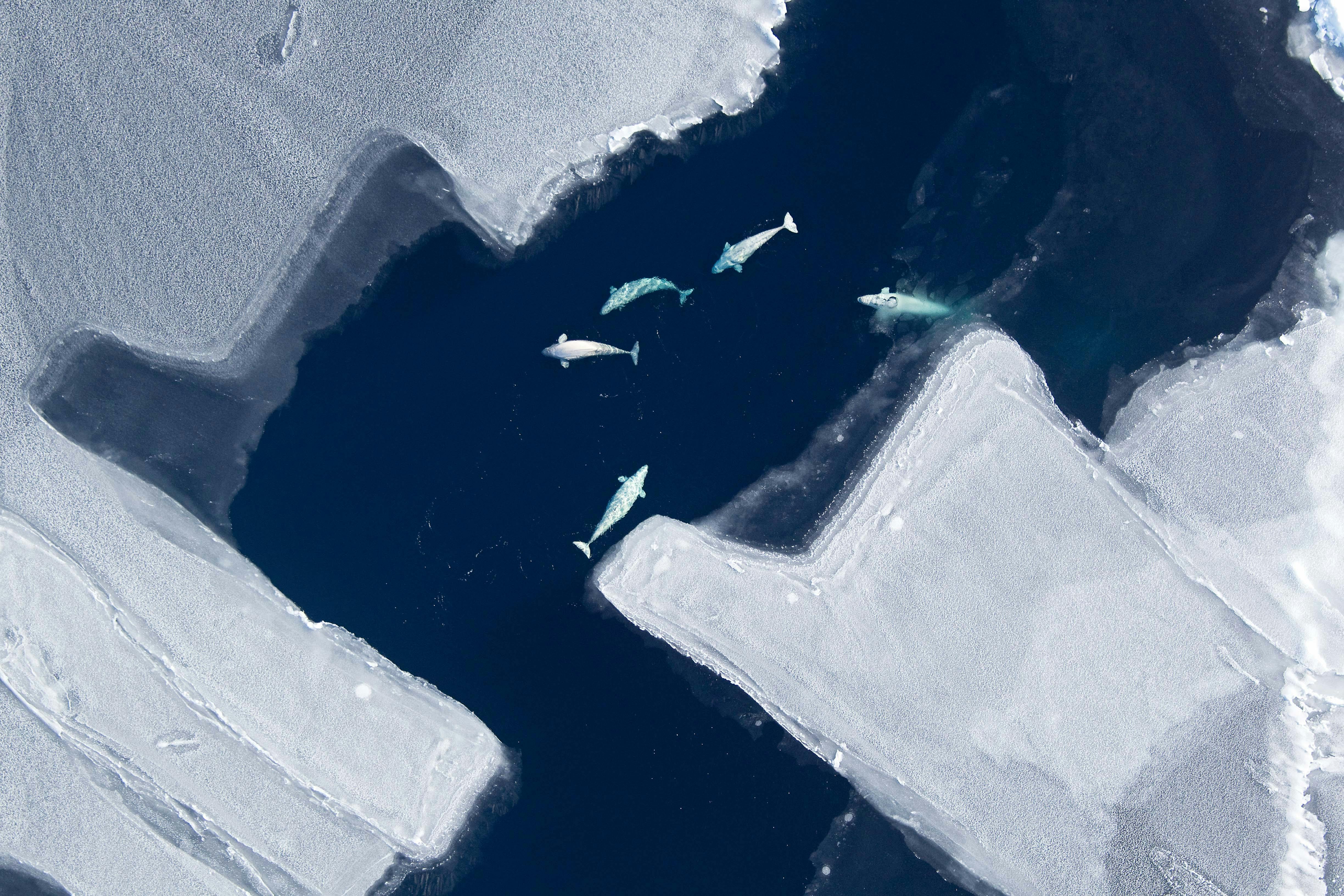High or full marine protection refers to strict policies implemented to safeguard marine environments and biodiversity from harmful human activities.
Marine protected areas (MPAs) are one of the most effective tools we have for protecting the ocean and increasing the resilience of species both within these areas and in the surrounding environment. In these carefully-selected, designated areas of the ocean, human activities that harm marine life are either prohibited or extremely restricted. They can be established by any combination of governments, NGOs, or community groups depending on the circumstances. Marine protected areas come in different forms and operate under different levels of management. This ranges from highly or fully protected areas, where all damaging interventions are prohibited, to minimally protected areas, where many disruptive human activities are still permitted.
High protection marine areas
Marine protected areas under high or full protection put in place some of the highest levels of safeguarding for ocean ecosystems: they are entirely protected areas where no damaging human activities are allowed, including fishing, mining, and oil and gas development. Science tells us that highly protected marine areas are essential for long-term ocean health and resilience, as they enable species to thrive without interference from human activities.
This definition of high or full protection comes from the Marine Conservation Institute and falls in line with the International Union for Conservation of Nature (IUCN) protected area categories Ia and Ib.
Less than 3% of the world’s ocean is currently designated with high or full protection, making increased implementation of these areas a critical goal for achieving 30×30. It is also paramount to ensure that governments implement fully protected areas with the participation of Indigenous peoples and local communities. This must be a vital part of our commitment to 30×30: as stewards of the land and ocean and key knowledge-holders, Indigenous communities lead initiatives that have proven to be both effective and equitable.
As individuals, we can take action to protect the ocean by reducing our plastic consumption, supporting sustainable initiatives, and advocating for stronger marine protection policies.
Take your first step today by signing our 30×30 petition and join the movement to help save the ocean and planet for future generations.



















